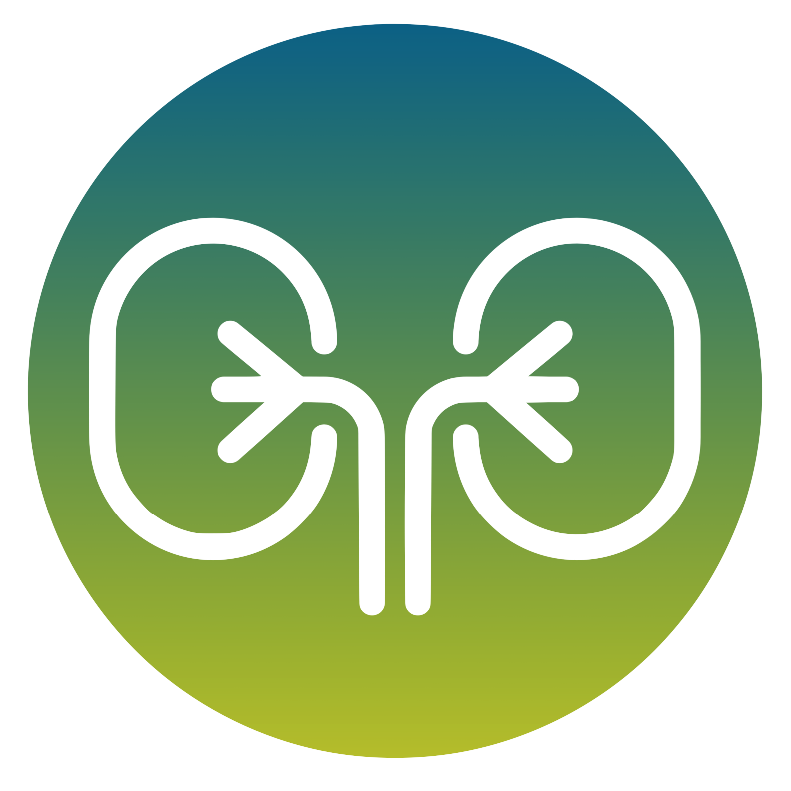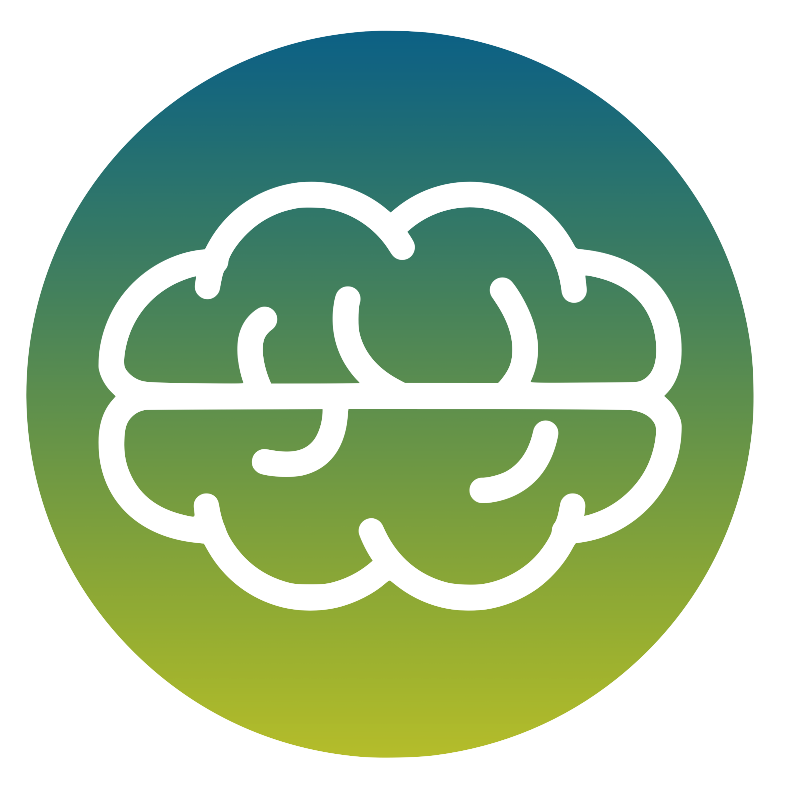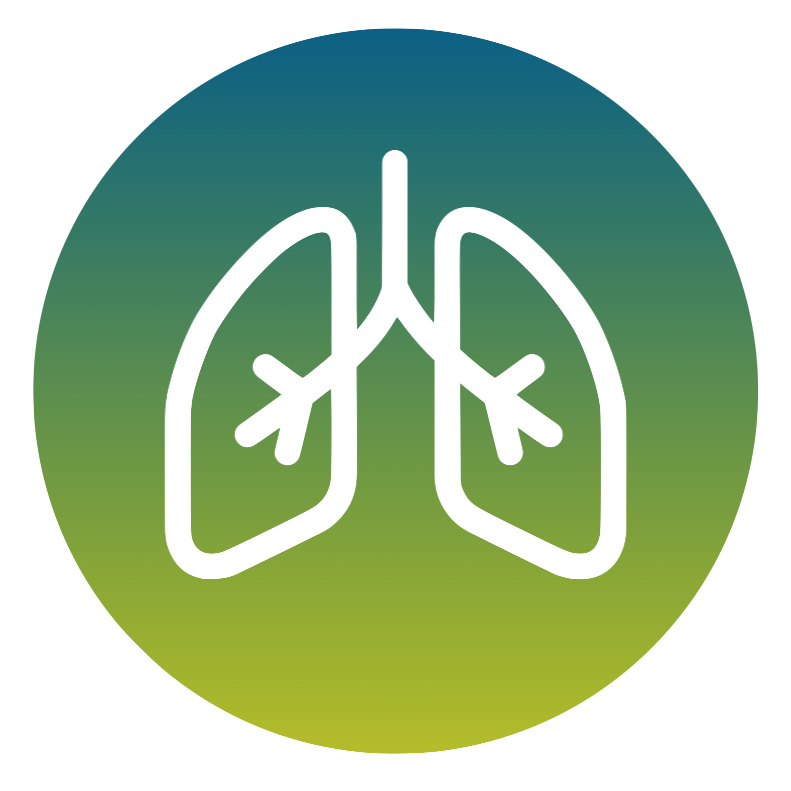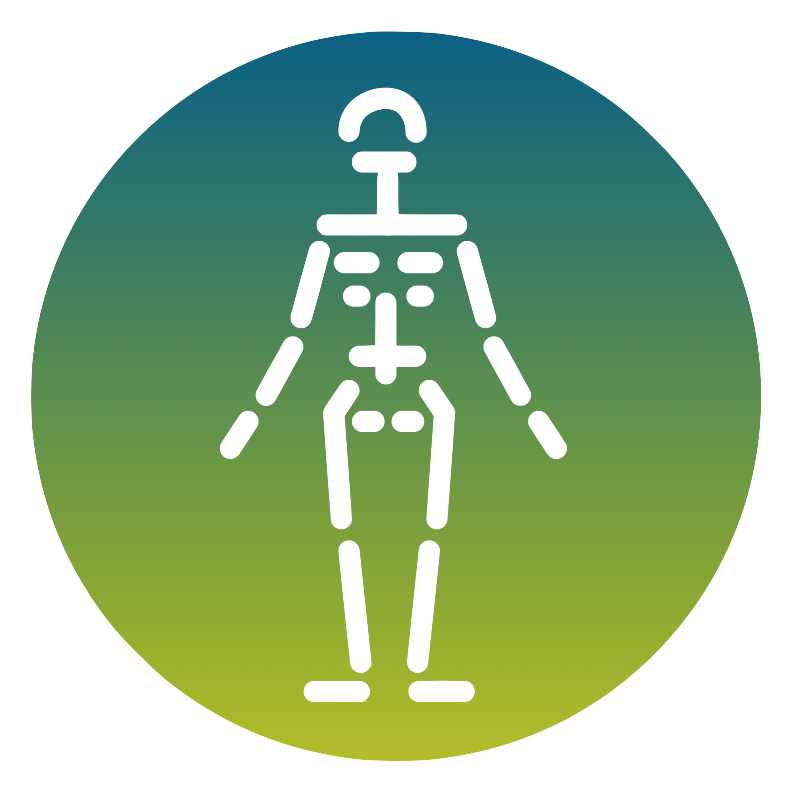Tuberous sclerosis (TSC1 and TSC2) Code R-117
- Description
- Number Genes
- Prevalence
- Indications and clinical utility
- Test performed and limitations
- Other Specialities
Method: NGS sequencing, determination of SNVs (Single Nucleotide Variants), small insertions and deletions and CNVs (Copy Number Variants).
Limits: The test is unable to determine the presence of underrepresented somatic events, balanced chromosomal rearrangements, nucleotide expansion events of repeat regions, CNVs <3 contiguous exons. <3 esoni contigui. alcuni geni possono presentare zone con basso coverage, dove necessario o su specifica richiesta, nei limiti delle limitazioni metodologiche, è possibile completare il sequenziamento metodiche alternative (sanger).
Some genes may be duplicated in the genome (pseudogenes), which may invalidate the analysis.














